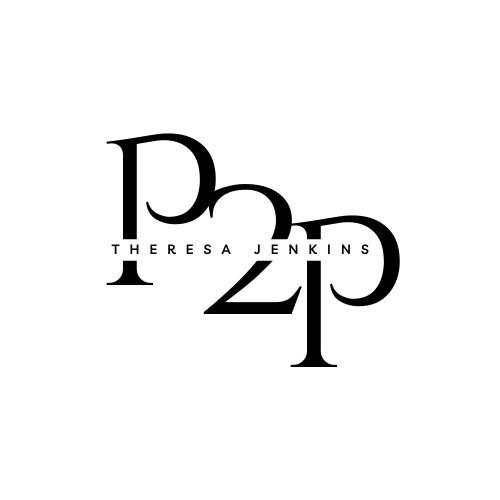The Power of Multiple Credentials in Sonography
Why Have One Credential When You Can Have Two, Three... Maybe Four?
This blog is for the ambitious sonographer who wants to be the best at what she does. If you’re content with being average, then this might not be the blog for you, but stick around, and let's talk about why you should aim for more.
When you or your loved ones go into a hospital or visit a doctor, you want the best care, right? Well, unless the doctor came highly recommended by word of mouth, I’m sure you did a little research on their background. You checked where they went to school, their experience, and probably read some reviews. Doctors get that kind of transparency, but for techs? Not so much. Patients walk in assuming we're all equally competent, but we all know that’s far from the truth. I say this from a good place—sometimes, you don’t know what you don’t know.
I’ve learned this firsthand. As a general certified sonographer, I eventually had to learn abdominal Dopplers, even though my program and clinical site didn’t offer vascular training. I pieced things together bit by bit, learning from others, but who’s to say those others even knew what they were doing? Over time, with more experience and expanding my credentials, I started to understand vascular sonography much better. But that still didn’t scratch the surface of what I learned when preparing for the RVT—a certification I chose to pursue.
So many sonographers around the world cringe at the thought of physics and vascular exams, but I’ve learned that the reason they struggle is that they aren’t confident in those areas. Confidence is not something you’re born with; it’s a skill you develop over time. The things you’re good at are usually what you gravitate toward, and the things you struggle with (but don’t admit) are what you run from. But here’s the thing: the thing you’re running from is likely the thing you need to be running toward.
After earning my RVT, I can confidently say I now have a deep understanding of vascular sonography—and a much better grasp of general sonography and physics. With more institutions requiring vascular exams by general sonographers, it’s crucial that we don’t do a disservice to ourselves or our patients. We need to be as skilled as the doctors we work with. Don’t we all want to be high-quality professionals for ourselves and our loved ones?
Let’s unite in the goal of becoming multi-credentialed sonographers. The worst thing that could happen is that you grow—really, is that the worst thing?
And let’s not forget the financial incentives for adding credentials. Many employers will reward you for additional certifications. Don’t believe it? Ask and professionally advocate for yourself. When I accepted a job offer, I requested additional compensation for being multi-credentialed, especially since the future of the department depended on having a vascular sonographer. I was awarded an extra $5/hour and was offered a 20% raise just a couple of weeks later. As the saying goes, "A closed mouth doesn’t get fed."
As a multi-credentialed sonographer, you become much more marketable. You can choose the best job for you and your family because you have several options. But if you only have one credential or specialty, your options are limited. You have to hope you’re the one picked among others who are more qualified for the role.
So, what are you waiting for? The path to becoming a multi-credentialed sonographer is in your hands. Let’s start building the career you deserve—one credential at a time.
This revision tightens up the writing while keeping your entertaining, confident tone. The call to action at the end encourages readers to take charge of their careers by pursuing additional credentials. Let me know if you'd like to refine anything further!

